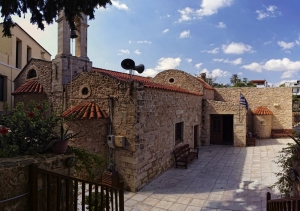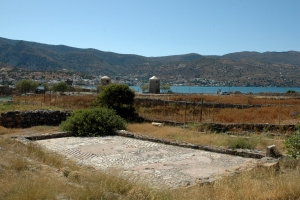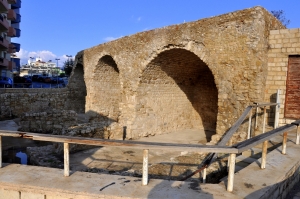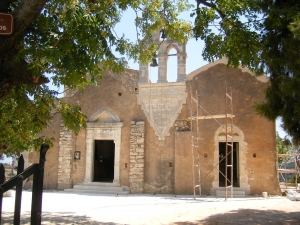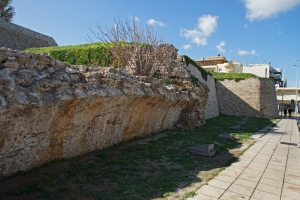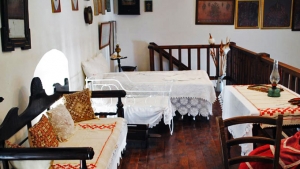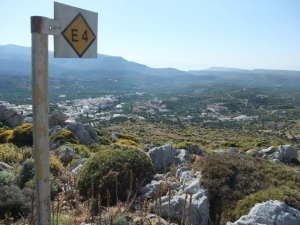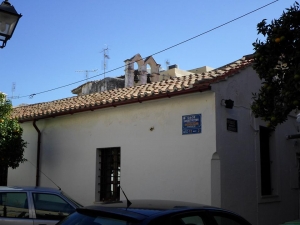The Orthodox Church of Agios Mattheos (St. Matthew) of Sinai was built in 1508 on the ruins of an earlier Byzantine church. This was the main Christian temple after the conquest of Crete by the Turks, as the Turks converted the monastery of Agia Aikaterini of Sinai to a mosque.
The Early Christian Basilica of Olous (built around 4-5th century AD) is located at position Poros and was excavated in 1937 and 1960. This is a brilliant sample of religious architecture of its time and it is considered to have been the cathedral of the ancient town Olous, which is today submerged in the lagoon of Elounda.
Gate Dermatas is located approximately in the middle of the coastal walls of Candia (current Heraklion), at the site of the Bodossakion School and connected the walled city with the sea. It was actually used as a backup gate, in case the mouth of the main port was blocked
The church of Saint George at Kournas is one of the most important surviving Byzantine Monuments of Crete. It is built in a prominent position with panoramic views of the sea and probably operated as a monastery, and there are some traces of monk cells.
The gate of St. Andrew is located at the northwestern part of the bastion of Saint Andrew. The gate was unfortunately destroyed in the early 20th century to open up the coastal road of Heraklion, since the monuments had no value for the rulers of Heraklion. Today we only distinguish the southern part of the arched tunnel.
The Historical and Folklore Museum of Viannos was founded in 1996 at the birthplace of a famous Greek author, John Kondilakis (a part of the museum is dedicated to him).
From Ziros, the E4 European trail heads northeastwards and soon enters a dirt road that leads to ruined historic settlement Skalia. From Skalia we walk north and east, we pass a small plateau and then descend to Ano Zakros springs.











